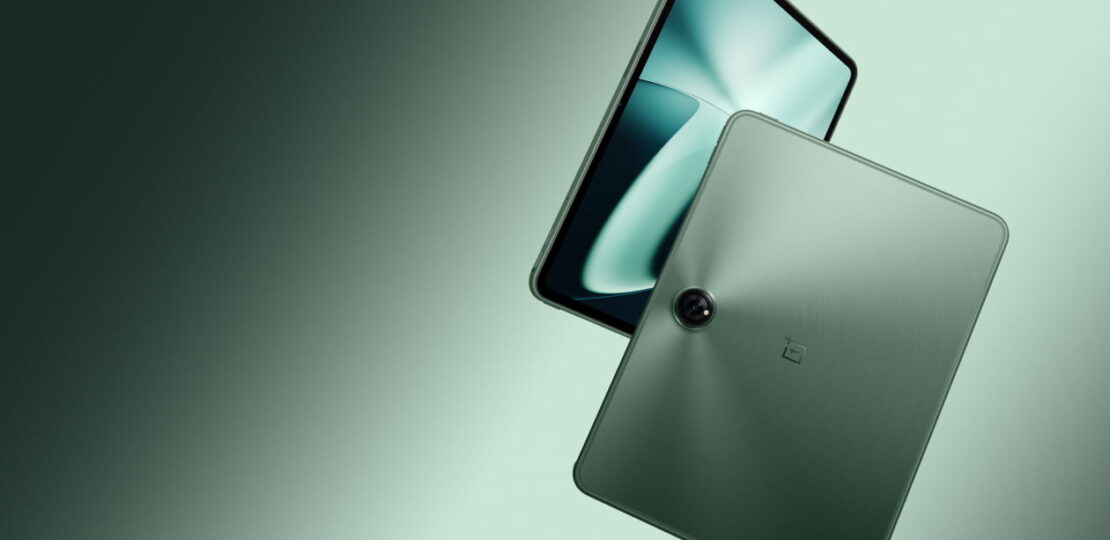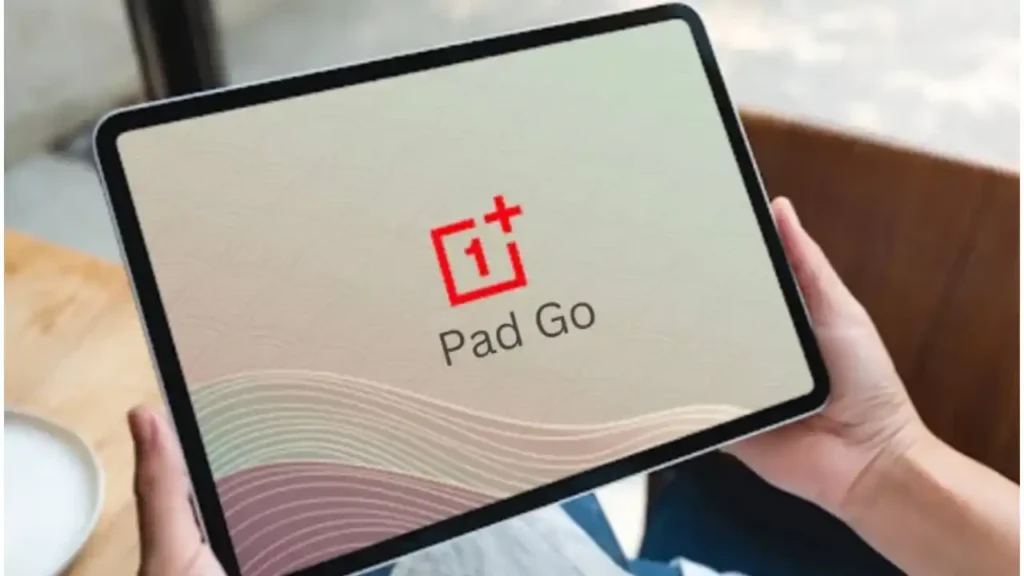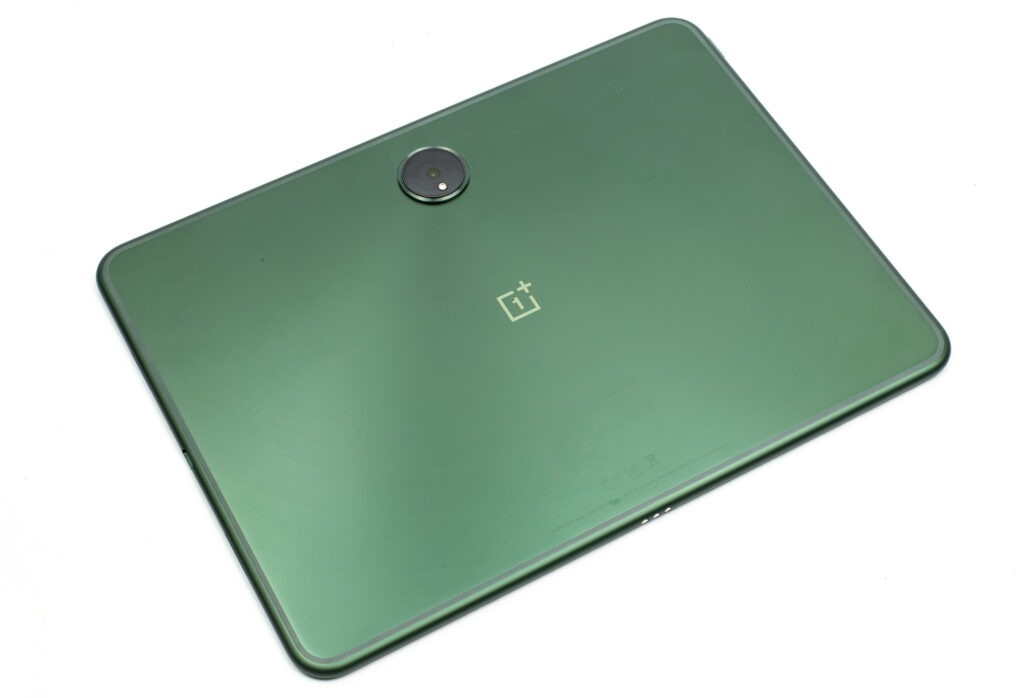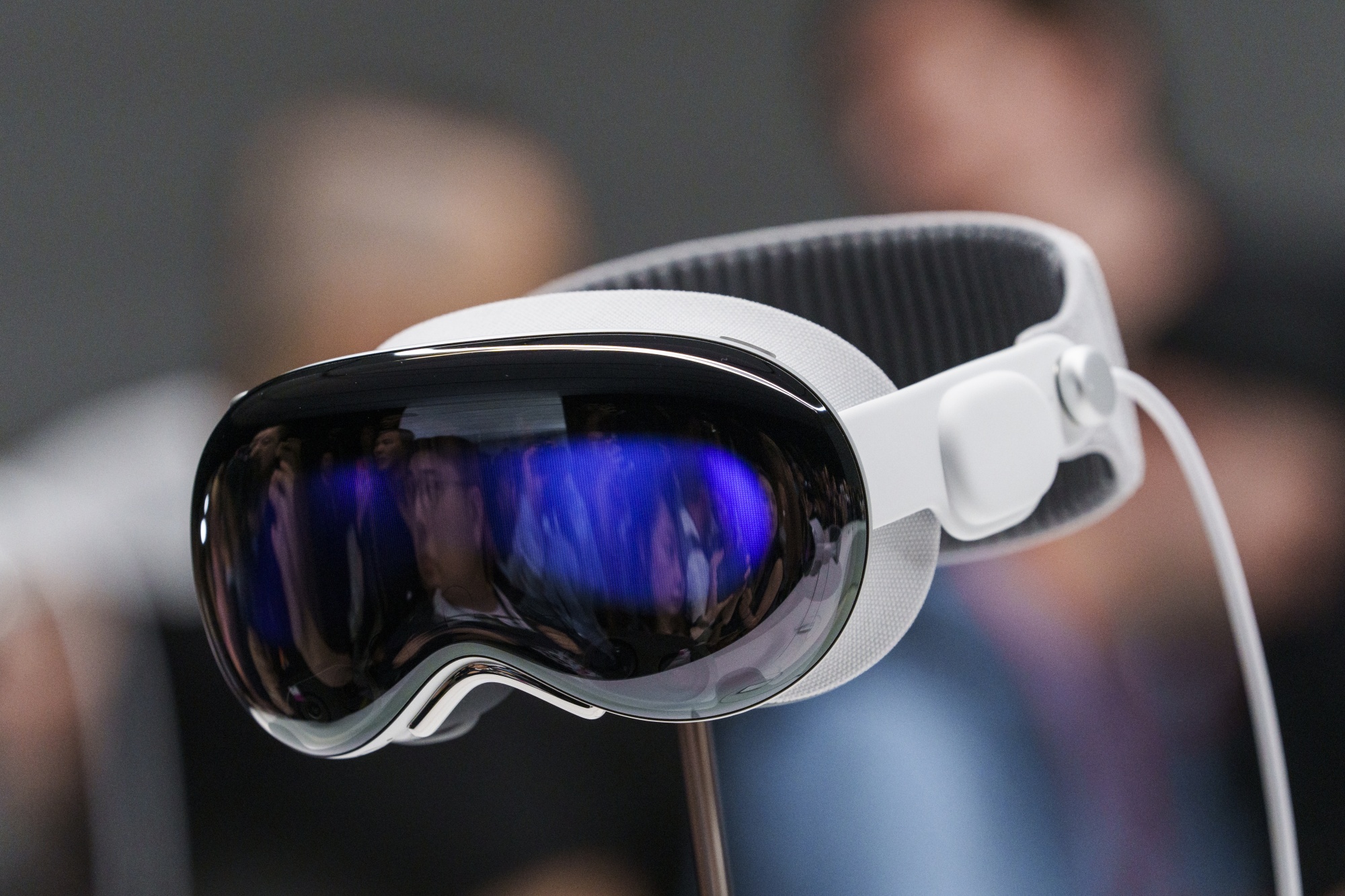
So, OnePlus dropped a tablet, and I made a quick short about it. Right after, I got flooded with comments like, “This deserves a full video. Please do a deep dive!” So, here I am, ready to give you all the details on what OnePlus is doing with this thing.
Honestly, tablets haven’t changed much in recent years. It feels like we’ve kind of hit a wall, especially here in the U.S. where iPads dominate. It’s basically just iPads and everything else at this point. I’ve actually had some recent chats with friends where they straight up told me they wouldn’t switch from their iPad, no matter what. It could have the best hardware, best screen, best battery life—if it’s not an iPad, they’re not interested. And honestly, I get it. It’s all about that Apple ecosystem: iMessage, FaceTime, and all the other integrations that just work so well together.
So yeah, getting Android tablets to pull iPad users away is a tough task. But hey, if you’re gonna try, you better have a solid game plan. And it looks like OnePlus has three of them.
Strategy #1: Copy the iPad.
Look, I get it—there are only so many ways to make a rectangle with a screen. And I’m not against companies borrowing good ideas from each other, as long as they’re actually good ideas. But yeah, OnePlus definitely took a few pages from Apple’s playbook with this tablet.
That said, it’s not a total copy. It’s got its own unique vibe—different shape, different colors, and the layout is a bit more landscape-focused, which gives it a slightly different feel than the iPad, which is a little more flexible. But when it comes to things like the stylus, well, there’s no denying the similarities. This is the Apple Pencil, and this is the OnePlus Pencil. Same shape, same size, same pressure-sensitive tip, same flat side to keep it from rolling off the table. The magnetic charging? Yep, the OnePlus Pencil snaps right onto the tablet and charges wirelessly, just like the Apple Pencil. It even has that same little animation showing you the battery level when you pair it up. So yeah, they definitely took some inspiration from Apple here.
There are probably other ways to go about this, but the result is pretty much the same: a familiar experience with a well-tuned, pressure-sensitive pointing device for easy navigation, swiping, and even typing. And, of course, all the drawing and note-taking you could want.

They’ve also created a magnetic keyboard accessory with a trackpad that connects to the tablet with magnets and pins, turning it into a solid Android-powered 11-inch laptop alternative. It doesn’t quite have that “floating” look like Apple’s heavier, less-portable version, but it uses the same cursor system as the iPad. You swipe around with this dark circle, and as you get close to different touch targets, it snaps right into place. It’s a great feature to borrow.
The tablet also has quad speakers in the same spots as the iPad Pro. Plus, there’s an ultra-wide front camera that can adjust its framing as you move, keeping you centered in the shot. It’s not called Center Stage, though—they’ve named it Limelight instead.
The point is, there’s a lot here that makes people feel at home if they’re considering switching from an iPad.
Strategy two: Undercutting the iPad.
This one’s simple. The iPad lineup is already on the expensive side, so if you want to convince someone to consider an alternative, being cheaper is a pretty solid strategy. Take the iPad Air as an example—it starts at $599 for the 64GB model. This tablet, on the other hand, is priced at $479 for the 128GB version. It’s a solid starting point, but the key is trimming the right features—enough to keep the price down without cutting too much that would be noticeable to users.
This tablet is running on a MediaTek Dimensity 9000 chip, which is about on par with the Snapdragon 8+ Gen 1 in terms of performance. That’s roughly 50% behind the pricier Snapdragon 8 Gen 2, but honestly, it’s not something you’ll notice in day-to-day use unless you’re doing something demanding, like gaming. If you push it, you’ll start to feel that it’s not the top-tier chip. It also doesn’t have a fingerprint reader, which isn’t a big deal for some, but there are no extra sensors like infrared or depth sensing either. It only has facial recognition, using the regular RGB selfie camera, and for some reason, it’s a little finicky—my face has to be pretty close for it to unlock, which gets a bit annoying.
The display isn’t the brightest either. It maxes out at 500 nits, which definitely limits how usable it is outdoors. The keyboard case, which is optional, is a lot cheaper than Apple’s Magic Keyboard, priced at $149—half the price, actually. But you can feel it’s made with cheaper materials. It’s not backlit, doesn’t float the tablet, and just feels less premium overall, kind of like Apple’s Smart Folio case, which still costs $179.
But here’s the interesting part: Strategy number three—outdoing the iPad.
There are a few things this tablet does better than the iPad, and some of them are pretty noticeable. First off, the display is an 11.5-inch screen with a 7:5 aspect ratio and slightly thinner bezels compared to the iPad. And while the iPad Pro has a 120Hz refresh rate, this one bumps it up to 144Hz. It’s not a huge difference, but when you consider the price of this tablet—$479—it’s actually more in line with the 60Hz iPad Air. I’m a sucker for high refresh rates, and I can tell the difference, especially when scrolling in Chrome or drawing with the stylus.
The front-facing camera is ultra-wide and placed on the landscape bezel, which is a nice touch that beats most iPads (except the latest budget model). This means on video calls, you’re actually centered in the frame instead of awkwardly off to the side.
And when it comes to battery, this tablet has the iPad Pro beat. It has a massive 9510mAh battery, so you’re getting great battery life and solid standby time. It charges much faster too—67W SuperVOOC charging means you can go from 0 to 100% in just an hour and a half, while the iPad’s 30W charging is a lot slower. Plus, the charger comes in the box, which is always a nice bonus.
The OnePlus Pad has a little “special features” section in the settings with some cool multitasking options. I won’t even bring up how Stage Manager is still a mess on the iPad—that’s a whole other story—but on the OnePlus Pad, you can swipe down with two fingers from the center of the screen to split apps for multitasking, as long as the app supports it. You also get three different window sizes to switch between. Plus, there’s a smart sidebar that slides out from the top right, kind of like a hidden dock. You can toss your favorite apps or shortcuts in there, or just quickly access your entire app list. So, yeah, a lot of nice little touches.
They’ve even got some ecosystem stuff working. Since OnePlus also makes phones, you can easily share data between a OnePlus tablet and phone, which is a nice perk.

That said, it’s still an Android tablet, which comes with a few downsides. No FaceTime, no iMessage, and none of the Apple ecosystem stuff people are used to. But more than that, the app situation is still pretty weak. When I say “multitasking apps,” it’s not a huge list. Even in 2023, there just aren’t many Android tablet apps that are really optimized for this kind of experience. Also, that 144Hz display? It’s rarely actually running at 144Hz. Depending on the app, you’re usually looking at 120Hz or even 60Hz. So you only really get the smoothness when you’re browsing around the UI, web pages, or in the settings—not during gaming.
The cameras aren’t great either. The 13MP rear camera, which is in this weird, centered layout, takes decent but not amazing photos. It’s a tablet, so I’m not expecting much, but even for video calls, it’s a bit grainy with some weird splotching, even in good light. The front-facing camera is 1080p, which is fine for video calls, but even with perfect lighting, you still see some noise and artifacts, especially in darker areas. And when you use Limelight Mode with the ultra-wide, it actually looks worse.
With Android 14 just around the corner, we’re probably going to see some solid upgrades to multitasking. But right now, this tablet runs Android 13. So, if you pick one up today, that’s what you’re getting. Honestly, I’d say don’t buy a device just because of future software updates—you’re really buying it as an Android 13 tablet for now.
That said, OnePlus has put together a pretty good tablet for the price. At $479 for the 128GB model, it’s a solid deal. But, in today’s tablet market, it feels like a bit of an uphill battle. It kind of reminds me of Samsung’s Galaxy Tab S8 Ultra. Remember that one? Samsung went all in on the premium tablet game with it, and in many ways, it outshined the iPad in terms of design and hardware. It was a seriously impressive device. But where is it now?
I’d say it’s kind of in the same spot as this OnePlus tablet. Some people will pick it up, love it, and be totally happy with their decision because they know exactly what they’re getting. But let’s be real, breaking into the iPad’s stronghold is no easy feat. It’s a tough market to crack.
RELATED POSTS
View all

